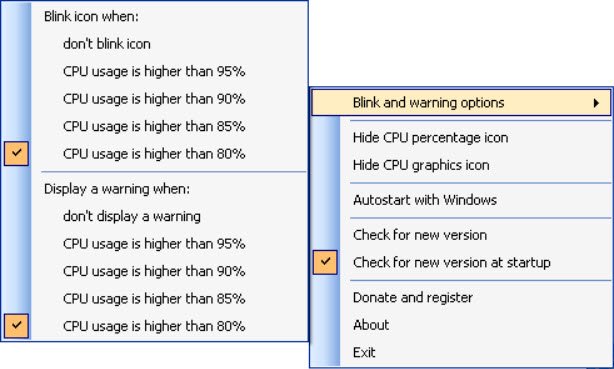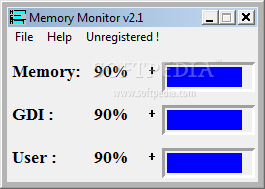

The display of hexadecimal bytes includes ASCII characters as well. Supported data types include short words, double words, and quad-words short, long, and quad integers and unsigned integers 10-byte, 16-byte, 32-byte, and 64-byte real numbers ASCII characters Unicode characters and hexadecimal bytes. To change the data type that the window uses to display memory, use the Display format menu in the Memory window toolbar. The display within the Memory window itself is not affected by the current radix. To change the default radix, use the n (Set Number Base) command in the Debugger Command window. If the current radix is not 16, you should prefix a hexadecimal address with 0x. Note The address that you enter into the box is interpreted in the current radix. Note that the Memory window refreshes its display while you enter an address, so you could get error messages before you have completed typing the address.

To change the memory location that is being viewed, enter a new address into the address box at the top of the Memory window. This sizing enables you to distinguish between the actual page edge and the window cutoff.

Before you use these keys, you should resize the Memory window so that it does not have scroll bars. If you use these keys to move off of the page, a new page is displayed. To navigate within the window, use the RIGHT ARROW, LEFT ARROW, UP ARROW, and DOWN ARROW keys. If you request an invalid page, an error message appears. These buttons and keys display the immediately preceding or following sections of memory. To see other sections of memory, use the Previous and Next buttons on the Memory window toolbar, or press the PAGE UP or PAGE DOWN keys. Changes take effect as soon as you type new information. You can edit only hexadecimal data-you cannot directly edit ASCII and Unicode characters. To write to memory, select inside the Memory window and type new data. In the Memory window, you can do the following: The Memory Options dialog box is described later in this topic. In kernel mode, you can use the Memory Options dialog box to display physical memory and other data spaces. This type of memory is the only type of memory that is available in user mode. Note By default, the Memory window displays virtual memory. If you select Bytes in the Display format menu, the ASCII characters that correspond to these bytes are displayed in the right side of the window. The remaining columns display the requested information, from left to right. The column on the left side of the window shows the beginning address of each line. The Memory window displays data in several columns. The following screen shot shows an example of a Memory window. ALT+SHIFT+5 closes the active Memory window.) (You can also press ALT+5 or select the Memory button ( ) on the toolbar. To open a Memory window, choose Memory from the View menu. For more information, see Accessing Memory by Virtual Address and Accessing Memory by Physical Address. You can edit memory by entering one of the Enter Values commands in the Debugger Command window. You can view memory by entering one of the Display Memory commands in the Debugger Command window.

In WinDbg, you can view and edit memory by entering commands or by using a Memory window.


 0 kommentar(er)
0 kommentar(er)
